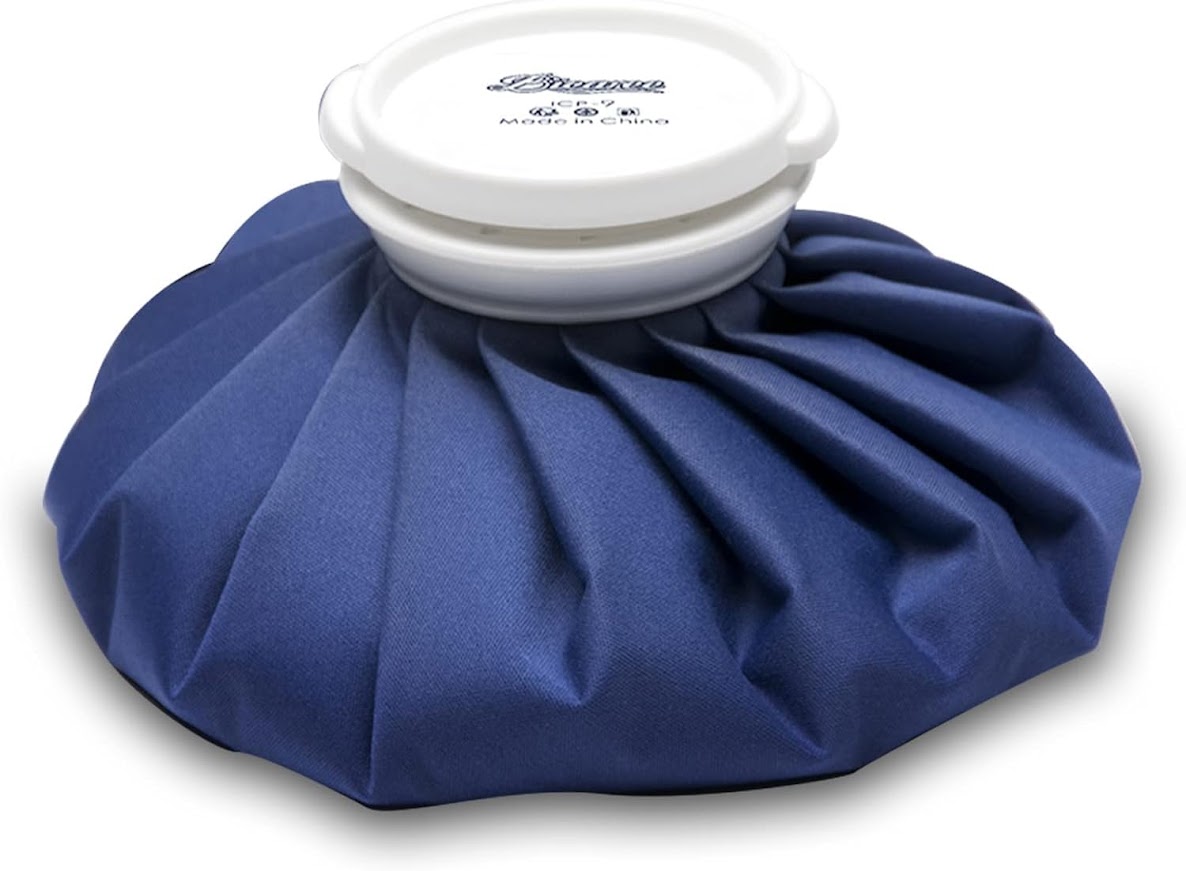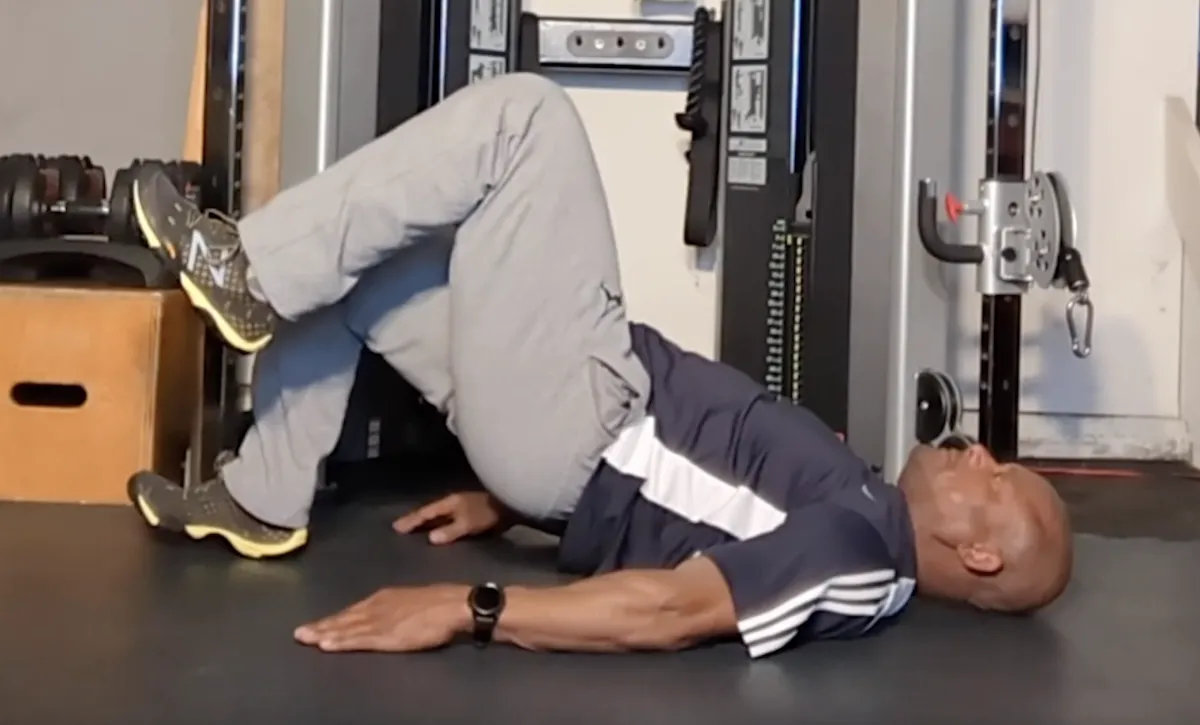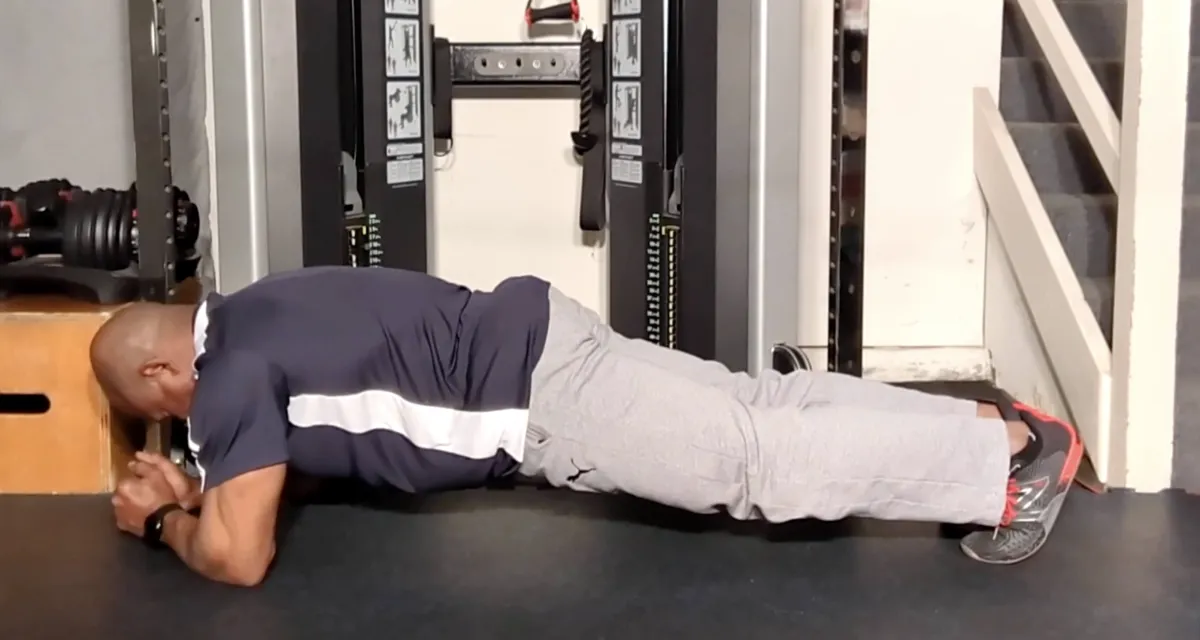
RESOURCES

Hip Pain or Hip Injury? How to Tell the Difference
Hip discomfort is a common issue, especially for those who sit for long hours, don’t regularly exercise, or from simply aging over time. But the BIG question is how do you know if you’re dealing with general hip pain or a more serious hip injury? Understanding the difference is key to managing symptoms properly and avoiding long-term damage.
If you’ve been feeling discomfort in your hip, here’s how to tell whether it’s a temporary ache or something more serious that requires medical attention.

Understanding Hip Pain vs. Hip Injury
Hip pain can stem from muscle tightness, overuse, or improper movement patterns, while a hip injury usually involves structural damage, such as a tear, fracture, or severe inflammation. Here’s how to distinguish between the two.
Signs of General Hip Pain
General hip pain often comes on gradually and can be managed with rest, stretching, and activity modification. Some common characteristics include:
Mild to moderate discomfort that comes and goes
Pain that eases with rest or gentle movement
Stiffness or tightness, especially after prolonged sitting or sleeping
Dull, aching sensations rather than sharp, sudden pain
Improvement with stretching or light activity
This type of pain is often caused by:
Tight muscles, particularly the hip flexors and glutes
Overuse or strain, such as after a tough workout
Poor posture, leading to misalignment and discomfort
Mild inflammation from repetitive movements
Signs of a Hip Injury
A hip injury, on the other hand, is more serious and often presents with persistent or worsening symptoms. Signs you may have an injury include:
Sharp, intense pain that worsens with movement
Pain that doesn’t improve with rest or gets worse over time
Swelling, bruising, or warmth around the hip
Difficulty bearing weight on the affected leg
A popping or clicking sensation that accompanies pain
Reduced range of motion, making it hard to move your hip normally
Some common hip injuries include:
Labral tear – Damage to the cartilage surrounding the hip joint, often causing deep, persistent pain and a clicking sensation.
Hip bursitis – Inflammation of the fluid-filled sacs that cushion the hip, leading to tenderness and swelling.
Hip impingement (FAI) – A condition where bones in the hip joint rub abnormally, causing stiffness and pain.
Stress fractures – Tiny cracks in the bone, common in runners or athletes with repetitive impact.

How Long Has the Pain Been Present?
Short-term pain (a few days to a couple of weeks) is often related to muscle soreness, minor strains, or postural imbalances.
Pain lasting several weeks or months, especially if it worsens, may indicate an underlying injury that needs professional evaluation.
If your pain is affecting daily tasks—such as getting out of bed, walking, or climbing stairs—it’s a red flag that something more serious may be going on.
Assessing Your Mobility and Daily Function
One of the biggest indicators of whether you’re dealing with general pain or an injury is how your hip responds to daily activities.
Can you move without significant discomfort? If light stretching or movement improves your pain, it’s likely muscle-related.
Does the pain worsen when standing, walking, or bending? Persistent or sharp pain during these movements may suggest an injury.
Are simple tasks becoming difficult? Struggling to put on shoes, get in and out of a car, or climb stairs without pain is a sign of deeper hip dysfunction.
When to Seek Professional Help
If you’re unsure whether your hip issue is just pain or an injury, consider these warning signs:
Pain persists beyond two weeks, even with rest and self-care
You experience sudden, severe pain or an inability to move your hip
There’s swelling, bruising, or warmth around the joint
You hear a popping sound followed by pain
You’re struggling to walk, bear weight, or perform normal activities
Ignoring a hip injury can lead to long-term mobility issues, joint degeneration, and chronic pain, so don’t hesitate to see a doctor or physical therapist if your symptoms persist.

What Can You Do for Hip Pain?
If your pain seems mild and not injury-related, try these steps:
Rest & Modify Activities – Avoid high-impact movements and let your hip recover.
Stretch & Strengthen – Focus on hip flexor, glute, and core exercises to improve mobility and support.
Apply Heat or Ice – Ice reduces inflammation, while heat helps relax tight muscles.
Use Proper Posture – Sit with good alignment and avoid prolonged sitting when possible.
Stay Active – Gentle movement, like walking or swimming, keeps the hip joint healthy.
Being able to recognize the difference between general hip pain and a serious hip injury is crucial for your long-term health. If your discomfort is mild and improves with rest and movement, you’re likely dealing with temporary strain. However, if the pain persists, worsens, or affects your daily function, don’t ignore it—seek professional guidance to prevent further damage.
Your hips are essential for movement and stability, so take care of them. When in doubt, listen to your body, prioritize mobility, and don’t hesitate to get checked out if something feels off!
Always remember, the quality of our lives is directly proportional to how well our bodies function!
Sheila Mann's Testimonial
Sheila Mann doing Suspension Strap Push-ups on an elevated Single Leg.
Just another Saturday Workout Part 2
Spray Tan Fitness
Dreams or Goals
Intro to Self-Myofascial Release
Self Massage using the Energy F X Tube (Upper Body)
Self-Massage for Lower Body using Energy F X Tube (IT Band , Glutes)
Level 3
This is our advance level. In this level you will be asked to increase the challenges to your strength, balance and to some degree, your conditioning. We continue to focus on the major joints of the body (hips, shoulder, and knees) with the added challenge of resistance. This level also includes the added challenge of coordination, as many movements require the integrated movement of both upper and lower body.

Level 4
This is our premium level. In this level you will be asked to significantly challenge your body through increased demands on your functional core strength in movements that will significantly challenge your balance and strength simultaneously. Here we will ask you to begin to optimize your balance, core activation, and improved range of motion in a functional aspect – integrated movement of both upper and lower body, but at a higher level of accountability.

